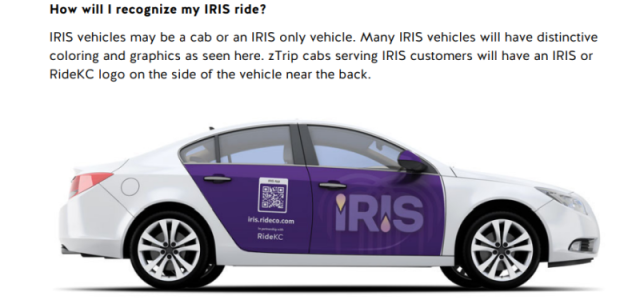bcla
On our rugged Eastern foothills.....
- Joined
- Nov 28, 2012
- Messages
- 25,810
I was just looking up info on how to get around Orange County, California and came across a service I’d never heard of before, called EVE, or “Everyone Ventures Everywhere”, which is a service of Anaheim Regional Transportation that seems to specialize in airport rides to/from Orange Country Airport to stops that ART’s regular bus service serves.
ART itself has a bus service that started with fixed routes, mostly around Disneyland and the various hotels nearby. They have some peak demand routes to a couple of train stations, but now a lot of their service consists of on-demand rides requested through their app. It’s not quite door to door. It’s only to designated bus stops, but the on-demand routes can be random between nearly any of their stops. Their request system does try and schedule connected rides, but that’s not always possible. I’ve ridden it where I was either alone or with my kid as the only passengers going 5-8 miles. The service might be closer to how paratransit operates, although not door to door unless a stop happens to be there.
It is subsidized by local businesses - especially Disneyland. However, they’re legally considered public transportation (their buses have exempt plates) and they’ve gotten government subsidies. I’ve read about Orange County Transportation Authority (OCTA) objecting to their applications for public transportation funding on the premise that it means less for OCTA.
OCTA has it’s own on-demand service called OCFlex, but it’s only for a limited area around Aliso Viejo, Laguna Niguel, and Mission Viejo.
https://www.octa.net/getting-around/bus/oc-flex/what-is-oc-flex
Some call it “microtransit”, especially when vans are used. However, in Anaheim I sometimes found myself riding with just the driver on a 40 passenger bus. One time I said I felt bad about it, but the driver said it was part of their service. Most of ART’s fleet is electric now, although it’s still transit sized buses.
ART itself has a bus service that started with fixed routes, mostly around Disneyland and the various hotels nearby. They have some peak demand routes to a couple of train stations, but now a lot of their service consists of on-demand rides requested through their app. It’s not quite door to door. It’s only to designated bus stops, but the on-demand routes can be random between nearly any of their stops. Their request system does try and schedule connected rides, but that’s not always possible. I’ve ridden it where I was either alone or with my kid as the only passengers going 5-8 miles. The service might be closer to how paratransit operates, although not door to door unless a stop happens to be there.
It is subsidized by local businesses - especially Disneyland. However, they’re legally considered public transportation (their buses have exempt plates) and they’ve gotten government subsidies. I’ve read about Orange County Transportation Authority (OCTA) objecting to their applications for public transportation funding on the premise that it means less for OCTA.
OCTA has it’s own on-demand service called OCFlex, but it’s only for a limited area around Aliso Viejo, Laguna Niguel, and Mission Viejo.
https://www.octa.net/getting-around/bus/oc-flex/what-is-oc-flex
Some call it “microtransit”, especially when vans are used. However, in Anaheim I sometimes found myself riding with just the driver on a 40 passenger bus. One time I said I felt bad about it, but the driver said it was part of their service. Most of ART’s fleet is electric now, although it’s still transit sized buses.


